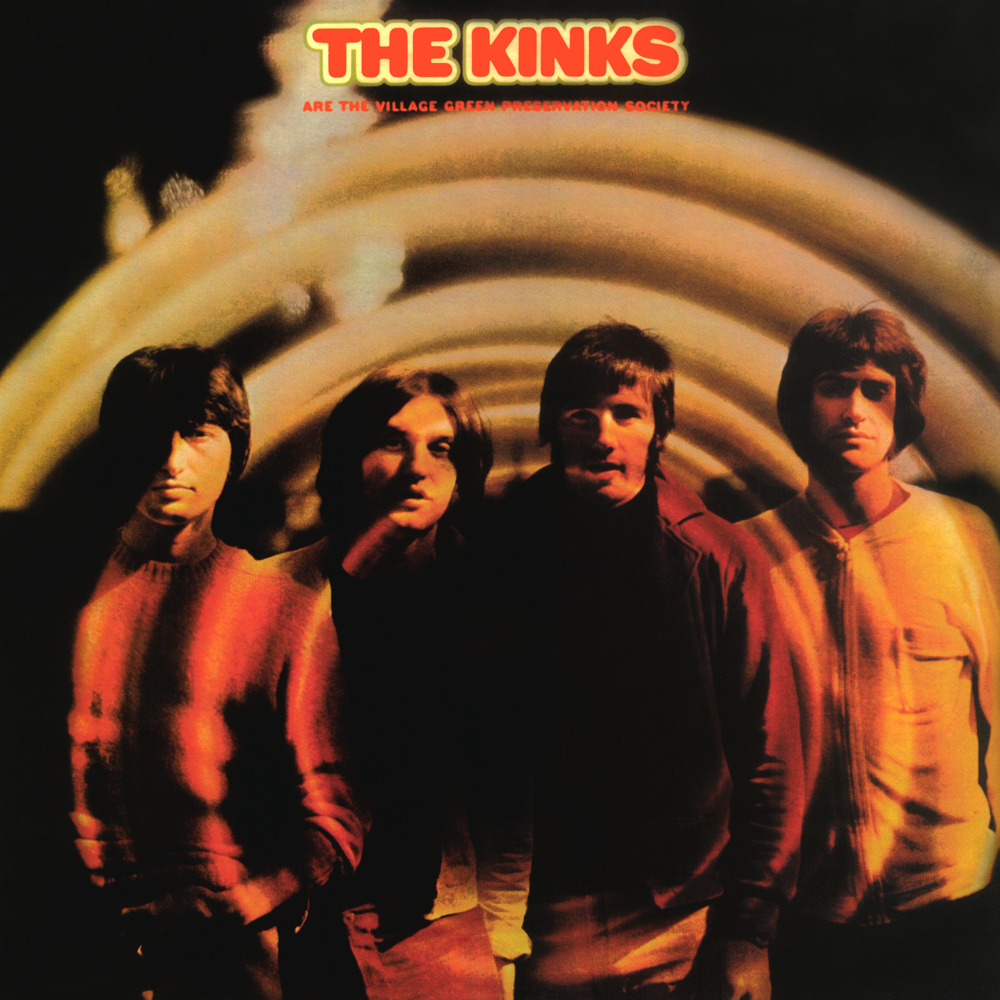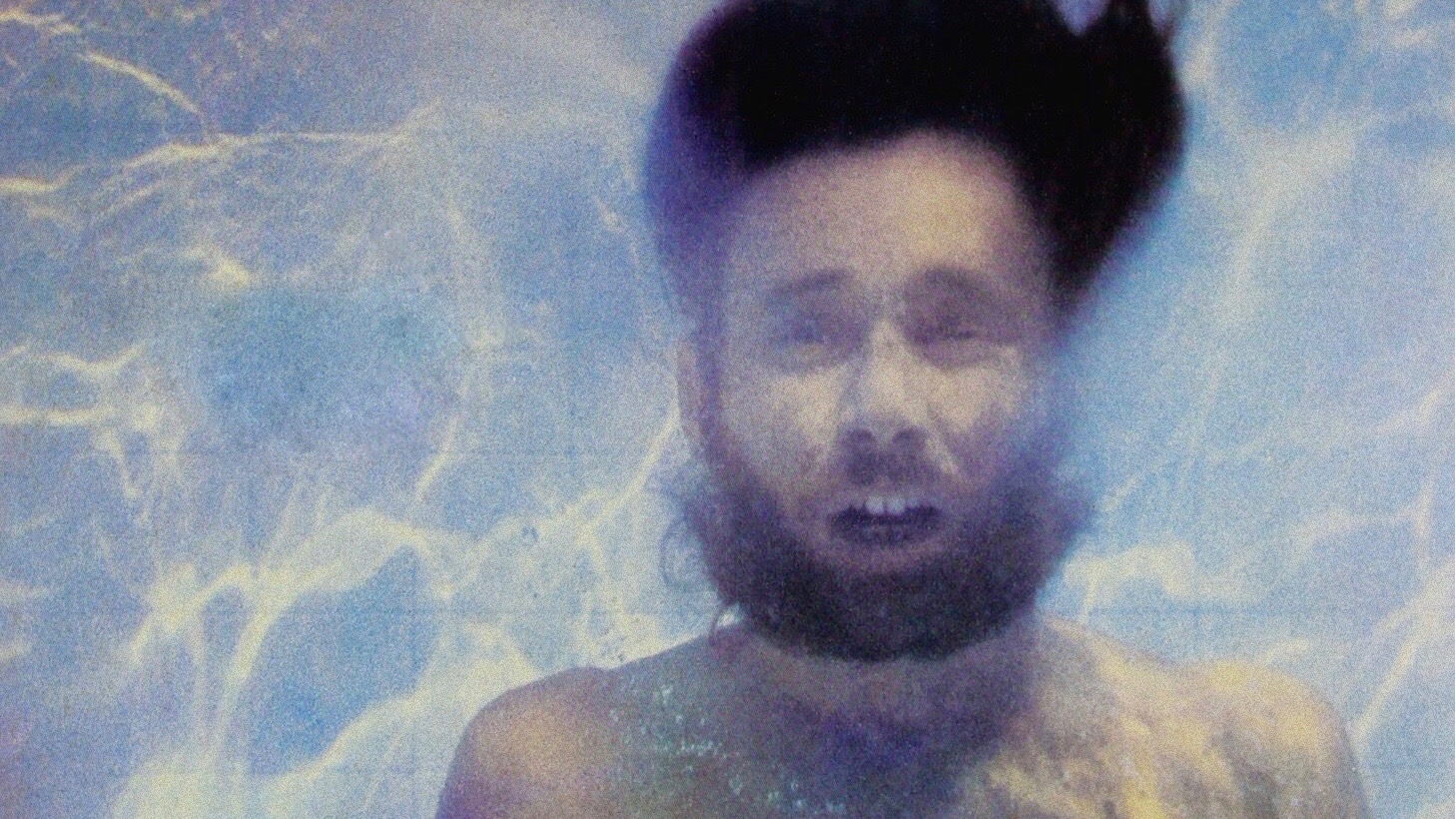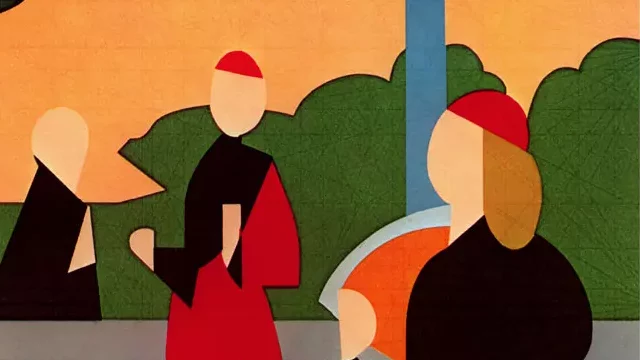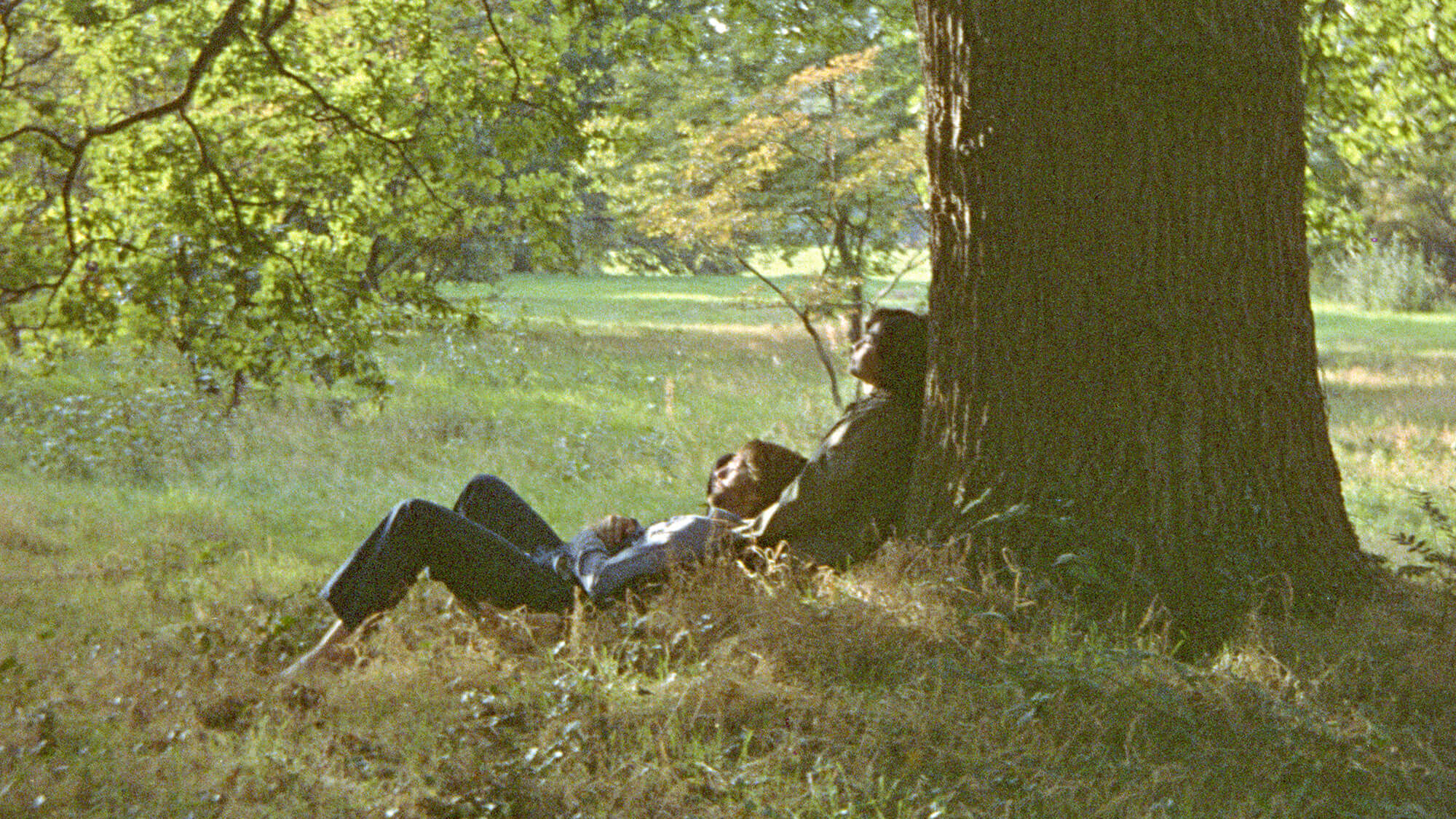
“I don’t think you can change Britain that much because we’re the way we are, so I’m just gonna try and hang on to a lot of the nice things.” – Ray Davies, BBC Interview (1968)
To say that 1968 was a heavy year would be an extreme understatement, with the conflict in Vietnam unraveling, and domestic violence, political turmoil, and economic uncertainty plaguing the nations that had tasked themselves with establishing world order. Popular culture reflected the increasingly volatile times, and in no medium more so than music, where there existed a firmly established connection to the burgeoning counterculture. 1968 was the year of The Beatles’ “Revolution,” and The Rolling Stones’ “Street Fighting Man.” It was the year that James Brown’s “Say It Loud (I’m Black and I’m Proud)” became an anthem in the wake of Martin Luther King’s assassination. In Brazil, the Tropicaliaists issued a brazen challenge to both political and cultural authoritarianism. Never before had the sounds of upheaval crossed over so smoothly into the public consciousness. Apparently, Ray Davies hadn’t gotten the memo.
While their British Invasion counterparts found themselves becoming increasingly transatlantic in both a physical and artistic sense, The Kinks were largely relegated to their homeland – the result of a work ban placed on the group by the American Federation of Musicians, after their tumultuous 1965 U.S. tour. Whether consciously or not, this exile almost certainly led band leader and songwriter Ray Davies to turn his writing toward more overtly “British” themes in the years that followed. Kinks singles from late-1965 onward found examinations of class (“A Well Respected Man,” “Sunny Afternoon,” “Dead End Street”), music hall influence, and acutely British character sketches (“David Watts,” “Autumn Almanac”), all of which served as signposts on the road to the vignettes that would eventually form the group’s 1968 album, The Kinks are the Village Green Preservation Society. It was during this pre-Village Green stretch that Davies firmly established himself as one of Britain’s finest songwriters, but despite the uniform excellence of Face to Face (1966) and Something Else (1967), The Kinks remained largely regarded as a “singles act,” whose albums were commercial disappointments – particularly in America, where the band had largely faded from the public eye. Perhaps freed from the burden of high commercial expectations, Davies set about to change his, and the group’s, reputation with his next project.
As they say, nostalgia is one hell of a drug, and there are few – if any – great albums that dabble more heavily in the subject than Village Green Preservation Society. While nostalgia has produced some of the most banal pop culture, Ray Davies’ wit keeps Village Green from falling too far into overly sentimental platitudes. Of course, the million-dollar question involving Village Green regards Davies’ sincerity. Conservatively, at least half of the album’s fifteen songs find him waxing poetically on a past that is part-real, part-fiction; a blurred line that makes Davies – or, perhaps the character(s) that he is playing – somewhat of an unreliable narrator. At the outset, the title track serves as the mission statement for the record. Harmonizing with his brother Dave, Ray runs through a litany of the “nice things” that his imaginary association intends to preserve: vaudeville, little shops, Tudor houses, virginity. The fourteen tracks that follow echo this sentiment, referencing old friends, photo albums, steam-powered trains, and other idyllic relics of a world that the rock music of 1968 seemed far more likely to threaten than to praise.
Could it be that the band most responsible for introducing volume to the British Invasion – let’s not forget how “out there” the distorted power chords of “You Really Got Me” were in 1964 – just wanted to live an ordinary life out in the British countryside? Could the inner peace that The Beatles were presently seeking in Rishikesh through Transcendental Meditation be achieved simply by a night in, sitting by the fireside with a draught beer and a picture book? Even taking the lyrics of TVGPS at face value offers no definitive answer. Much of this has to do with a sense of resignation that hangs over the record. If anything, the album comes off as more of a longing for remembrance, rather than a return to a specific time or place, but by album’s end, on the track “People Take Pictures of Each Other,” Davies sounds as if he’s had enough remembrance (“don’t show me no more [pictures] please”).
Musically, Village Green seeks to evoke the mythical elysian fields of its title. Most of the album’s arrangements are warm and pastoral, and while it’s tempting to view the record as a rejection of prevailing trends, there’s much linking TVGPS to other baroque pop recordings of the era; namely Sgt. Pepper’s Lonely Hearts Club Band and The Zombies’ 1968 masterwork Odessy and Oracle. From the former, The Kinks not only embraced the notion of a loosely-conceptual song cycle created by an alter-ego group, but a wildly expansive soundscape. From the latter, the connection is at least partially established through the use of the Mellotron that helps to flesh out the sound of a rock band into something far more lush and orchestral. While detractors have made the argument that TVGPS suffers from a lack of rock heft, the three-track run from “Johnny Thunder” to “Big Sky” finds the band conjuring up the raw power of their earlier work; especially in “The Last of the Steam-Powered Trains,” and its locomotive-evoking crescendo.
Where Village Green differs from its contemporaries is in its approach to the psychedelic experience. While other artists promoted mind-expansion with the “studio as instrument” approach, TVGPS’ psychedelia comes from its juxtaposition of the ordinary with the extraordinary. The album’s final third features its most surreal moments – perhaps prompted by the departure hinted at in the preceding “Starstruck.” “Phenomenal Cat” is a bizarre travelogue featuring prominent Mellotron and a sped-up vocal. “All of My Friends Were There” is a recounting of a literal fever dream experienced by Ray Davies, set to a jerky music hall backing. “Wicked Annabella” tells the story of a demon-enslaving witch, and “Monica” does the same for a prostitute. It’s these tracks – though less immediate than their predecessors – that give the album its wild eclecticism.
A track-by-track analysis of the songs on Village Green reveals little – if anything – that can be viewed as a weak spot, but doing so ultimately undermines the brilliance of the album. Perhaps more than any other great LP of its time, TVGPS is far more than a sum of its collective parts. While several tracks leave an early and lasting impression, the record lacks any one single song that can truly stand among the era’s most iconic singles; incidentally, the recording sessions produced one such song, “Days,” which was released as a single in June 1968, and left off of the album proper. Without a hit single to act as an ambassador for the record, Village Green ultimately failed to chart in either Britain or the U.S., despite strong reviews on both sides of the Atlantic.
It would be decades before Village Green finally got its due, only going gold in the U.K. (100,000 copies sold), in 2018 – the fiftieth anniversary of its release. In the time between, the album built a reputation as a lost classic, but remained largely unknown to the general public, despite the durability of pre- and post-Village Green hits like “You Really Got Me” and “Lola.” Reviews of the album’s periodic reissues eventually won over new converts, slowly but surely. I first heard TVGPS in 2004, prompted by reviews of the Sanctuary three-CD reissue – taking a flyer on a cheap single-disc version. Having been schooled in the basics of both sixties rock and The Kinks, I was shocked to learn that this wonderfully wide-ranging, literate, and affable record was not considered as part of the entry-level curriculum for either. Fortunately, time seems to have corrected that error. Perhaps there is value in giving the past a second look after all.





If one’s band has already earned the “British Invasion” merit badge, the quickest path to earning the “Baroque Pop” and “Psychedelic” merit badges may be to have a song that features both (1) cats, and (2) at least one of the following: (a) an instrument trying to be a Mellotron, or (b) a Mellotron trying to be something else. “Phenomenal Cat” covers this adeptly and covers some of the prerequisite coursework for the “Rock Opera” merit badge often attempted next.